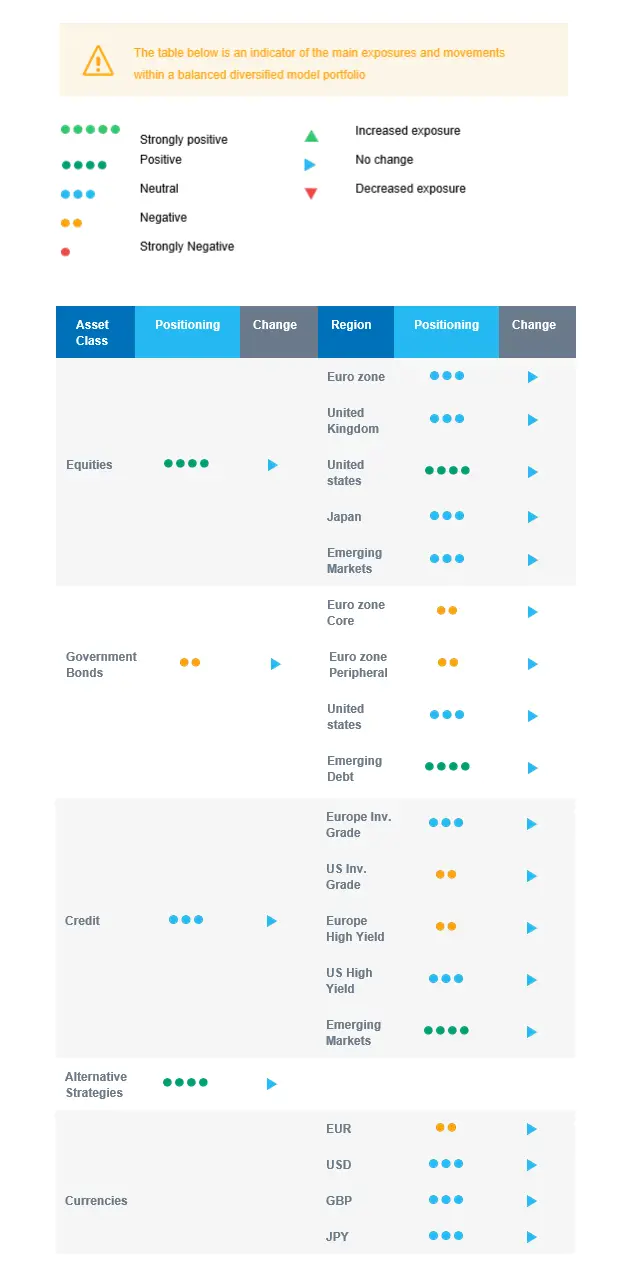Last week in a nutshell
- In the US, October prices surprised on the downside (7.7% vs 7.9% expected), capping the expectations on future Fed funds hikes. In China, producer prices fell by 1.3% in October for the first time since late 2020. Meanwhile, consumer price index rose by 2.1% in October YoY, below expectations.
- In the US, a red “ripple” in the midterm elections will likely lead to a slowdown in legislative action. Georgia will see a runoff election for the US Senate on December 6th.
- Russia announced that troops started to withdraw from Kherson, the only major Ukrainian city to be captured since the war began last February. A huge morale boost according to the Ukrainian MP Oleksiy Honcharenko.
- Chinese authorities made various changes to their COVID-19 stance by better targeting lockdowns, rolling out new vaccines and adding international flights.
What’s next?
- The UK will publish new details of its budget, i.e. the country’s medium-term fiscal plan. Unlike the so-called mini-budget that sent UK financial markets into turmoil last September, it will be accompanied by an independent forecast from the Office for Budget Responsibility.
- The G20 summit will start in Bali. Russian President Vladimir Putin and Ukrainian President Volodymyr Zelenskiy will not attend in person - but may join virtually. The agenda will include talks on economics and development.
- The COP27 will continue for a second week. Climate talks began between nations amid scepticism that world governments were doing their fair share to address global warming.
- The University of Michigan’s preliminary consumer sentiment survey for November came out below expectations, at 54.7, and fell back to the lowest level since July. This is not a good omen ahead of the holiday season, which starts in a couple of weeks, with Thanksgiving on Thursday 24th.
Investment convictions
Core scenario
- Central banks must strike a balance between the fight against inflation and the risk of financial instability. In the meantime, the next hike could be smaller but the terminal rate in 2023 could be higher than expected some months ago.
- Should we stop worrying about risky assets? Probably not, but at current prices, our positioning is temporarily slightly overweight equities.
- We further note that sentiment, positioning, and market psychology also point towards a normalisation. Attitude towards risk is approaching its neutral zone, hinting at a continuation of the short-term uplift which started in October.
- Following the sharp rise in interest rates over the past year, short-term rates anticipations, and hence long-term yields, appear now relatively well anchored. We started adding fixed-income exposure to our portfolios via the US high yield segment.
- Our equity allocation reflects the conviction that European equities could also tactically benefit from a broad-based risk-on environment.
- We expect emerging market equities in Asia to outperform as valuation has become attractive while the region keeps long-term superior growth prospects vs. developed markets.
Risks
- Upside risks include that central bank actions are nearly priced for peak hawkishness and weak sentiment and positioning. Chinese re-opening in 2023 would be a substantial support for the global economy. Further, governments in Europe are adding fiscal aid as the energy crisis deepens, which could mitigate its negative impact.
- Downside risks would be a monetary policy error via over-tightening in the US or a sharp recession risk via a deeper energy crisis in Europe.
- The war in Ukraine is ongoing and signs of discomfort with Moscow are growing in the international community.
Cross asset strategy
- Our multi-asset strategy has become more constructive on attractive price levels but remains nimble and can be adapted quickly:
- Neutral euro zone equities, with a derivative strategy in place.
- Neutral UK equities, resilient sector composition and global exposure.
- Overweight US equities, with an actively managed derivative strategy.
- Neutral Emerging markets, but positive on Asian Emerging markets, expected to outperform as valuation has become attractive while the region keeps superior long-term growth prospects vs. developed markets. In the short term, investors positioning has drastically decreased, giving room for a snap-back.
- Neutral Japanese equities, as accommodative central bank, and cyclical sector exposure act as opposite forces for investor attractiveness.
- Positive on sectors, such as healthcare, consumer staples and the less cyclical segments of the technology sector.
- Positive on some commodities, including gold.
- In the fixed income universe, we have a slight short duration positioning.
- We continue to diversify and source the carry via emerging debt and US high yield debt.
- In our long-term thematics and trends allocation: While keeping a wide spectrum of long-term convictions, we will favour Climate Action (linked to the energy shift) and keep Health Care, Tech and Innovation.
- In our currency strategy, we diversify outside the euro zone:
- We are long CAD and underweight EUR.
Our Positioning
Global economic growth and inflation keep slowing down, but we register positive surprises on growth and less upward surprises on inflation than at the beginning of the year. Our positioning is tactically slightly overweight equities with a preference for US and Asian Emerging equities. On the fixed income side, we keep a slight short portfolio duration and upgraded our stance on US high yield debt to lock in an attractive carry. The asset class looks attractive with a sufficient buffer for defaults. We remain allocated to commodity currency via the CAD.

